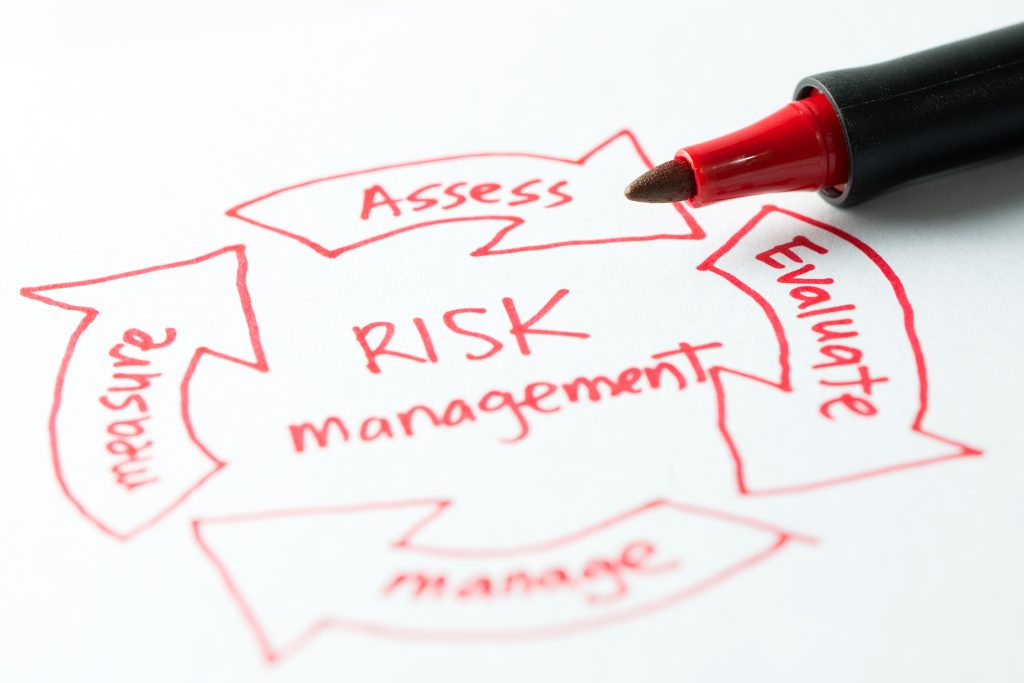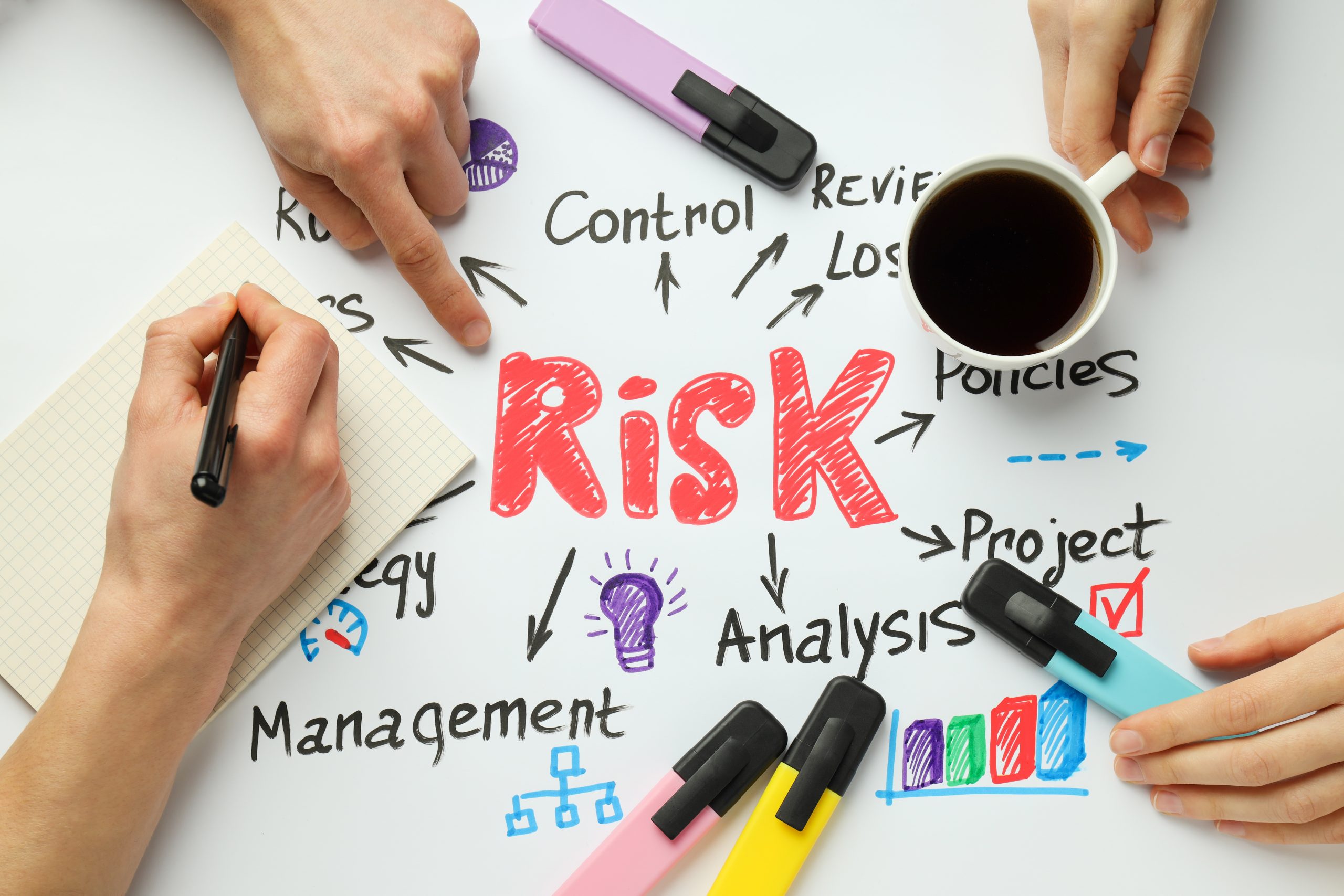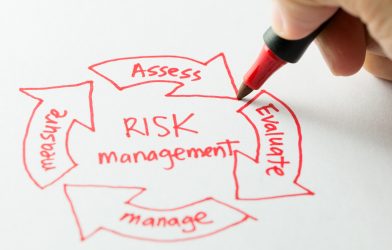In today’s fast-paced and unpredictable business environment, managing risk is critical for the survival and growth of any company. Risk management involves identifying, assessing, and mitigating risks that could potentially harm an organization. These risks can range from financial losses and cyber threats to natural disasters and regulatory changes. Effective risk management helps businesses protect assets and resources, enhance decision-making, maintain reputation, ensure compliance, and increase resilience. By safeguarding physical, financial, and human assets, companies can ensure the continuity of operations. Informed decisions based on risk assessments lead to better strategic planning and resource allocation. Proactively managing risks helps preserve a company’s reputation and trust among stakeholders. Adhering to legal and regulatory requirements avoids penalties and legal issues, while building resilience against potential threats helps businesses recover swiftly from adverse events.
Risk management is a systematic process of identifying, evaluating, and mitigating risks that could impede an organization’s objectives. The process involves several key steps: risk identification, risk assessment, risk mitigation, risk monitoring, and risk reporting. Initially, potential risks that could affect the business are recognized. These identified risks are then evaluated for their likelihood and impact. Strategies are developed to minimize the impact of these risks. Continuous tracking and reviewing of risks allow for adjustments in strategies as needed. Finally, documenting and communicating risks and mitigation efforts to stakeholders ensures transparency and preparedness.
How to Implement Risk Management in a Company
Implementing an effective risk management strategy involves several critical steps. Firstly, establishing a risk management framework defines the policies, procedures, and structures needed to manage risk. Assigning responsibilities designates a risk management team or officer responsible for overseeing the process. Conducting regular risk assessments helps in identifying and evaluating risks across all areas of the business. Developing mitigation plans includes creating action plans to address each identified risk, including preventive measures and contingency plans. It is crucial to integrate risk management with all business processes to ensure it is embedded in all activities and decision-making processes. Educating and training staff provides the necessary resources for employees at all levels to recognize and manage risks. Utilizing technology, such as risk management software and tools, aids in tracking, analyzing, and reporting risks effectively. Continuous review and improvement of risk management strategies ensure their effectiveness and make necessary improvements.

Risk Management for SMEs and Large Businesses
For small and medium-sized enterprises (SMEs), adopting straightforward risk management frameworks that are easy to implement and understand is essential. SMEs should prioritize the most critical risks that could have significant impacts on the business. Utilizing affordable risk management tools and resources, such as online templates and free software, can help manage costs. Additionally, leveraging networks and partnerships to share risk management practices and solutions can be beneficial. In contrast, large businesses should implement advanced and comprehensive risk management systems that cover all aspects of the business. Establishing dedicated risk management departments with specialized staff and resources ensures a focused approach. Integrating risk management into corporate governance and strategic planning processes aligns it with broader business objectives. Addressing global risks, including geopolitical, economic, and environmental factors, requires tailored strategies to manage these complexities effectively.
Effective risk management is indispensable for businesses of all sizes. By proactively managing risks, companies can safeguard their assets, enhance decision-making, ensure compliance, and build resilience against unforeseen challenges. Whether for an SME or a large enterprise, implementing a structured and dynamic risk management process is a vital component of sustainable business success.














